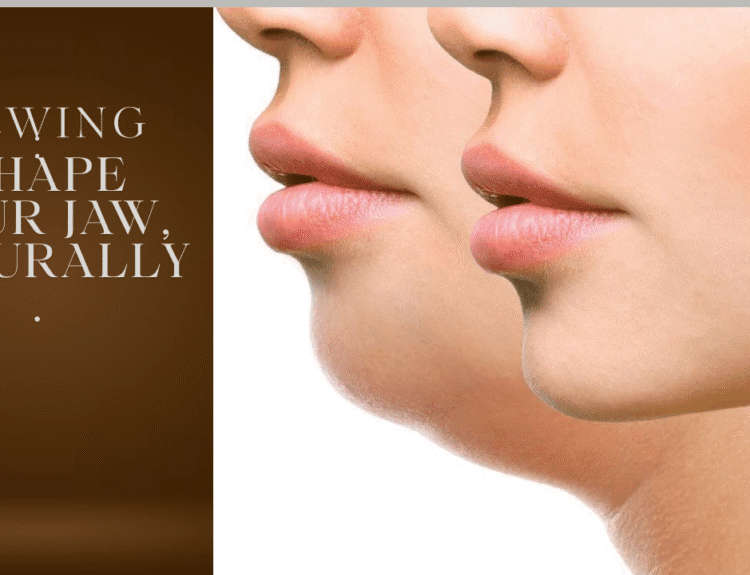In the dark and twisted world of Attack on Titan, few things are more captivating than the origins of the Titans themselves. Ever wondered how these monstrous beings came into existence? Or why the walls—massive and seemingly beyond human capability—surround the cities? Buckle up, grab your popcorn, and prepare for a wild ride, because we’re diving into the complete history of the Titans.
⚠️ Spoiler Alert: This journey contains major plot revelations from Attack on Titan. Proceed at your own risk!

The Origin: Ymir, the First Titan Shifter
Over 2,000 years ago, a girl named Ymir lived in a time when the Eldian Empire was expanding its power. Her village was attacked, and she was taken as a slave by King Fritz. The cruelty was unimaginable—slaves had their tongues cut out and lived in silence under the king’s tyranny.
One day, after Ymir was falsely accused of releasing pigs from their pen, she was set “free”—only to be hunted down like prey. Fleeing through the forest, she stumbled into a massive, ancient tree and fell into a pool of water beneath it. In that mysterious place, a strange, unidentified creature fused with her, creating the first Titan, the Founding Titan.
Ymir’s Slavery and the Birth of the Eldian Empire
Despite her newfound power, Ymir remained a slave to King Fritz. She used her Titan abilities to build roads, cultivate land, and—most importantly—fight the Eldians’ enemies, the Marleyans. Over time, the Eldian Empire flourished under the might of Titans.
Eventually, King Fritz bore three children with Ymir: Maria, Rose, and Sheena—names you might recognize from the colossal walls in Paradis Island.
Ymir’s story takes a dark turn when she sacrifices herself to save King Fritz from an attack. Instead of mourning her, the king commanded their daughters to consume Ymir’s remains—inheriting her Titan powers and beginning a gruesome tradition passed down through generations.
The Paths and the Nine Titans
Upon death, Ymir’s consciousness didn’t vanish. Instead, it entered a metaphysical realm called the Paths, where time has no meaning. Here, she continued shaping Titans from sand—forever bound to the royal bloodline.
Though Ymir possessed the power of one Titan, her essence split into nine distinct Titan powers over generations:
- Founding Titan
- Attack Titan
- Colossal Titan
- Armored Titan
- Female Titan
- Beast Titan
- Jaw Titan
- Cart Titan
- War Hammer Titan
A Titan shifter could only live 13 years after inheriting their power—a curse believed to mirror Ymir’s own lifespan.
The Fall of Eldia and the Rise of Marley
Centuries later, internal conflict fractured the Eldian royal family. The 145th king, Carl Fritz, disgusted by the violent legacy of his people, devised a plan to end the cycle. He conspired with the Tybur family—another branch of the royal line—to dismantle Eldian dominance and allow Marley to rise.
In a calculated move, King Fritz withdrew to Paradis Island, taking many Eldians with him. There, he used his powers to build the infamous three-layered walls, embedding them with countless Colossal Titans. He issued a threat to the world: attack, and he would unleash a Titan apocalypse.
Memory Manipulation and Hidden Truths
Inside the walls, King Fritz erased the memories of his people using the Founding Titan’s powers. They were led to believe they were the last remnants of humanity, surrounded by mindless Titans. However, not everyone was affected.
The Ackermans, a warrior clan tasked with protecting the royal family, and the Asian clan—descendants of Hizuru’s Shogun—retained their memories. As they began revealing the truth to others, the king persecuted them, forcing them into hiding.
Marley’s Tyranny and the Spark of Rebellion
Outside the walls, Eldians who didn’t make it to Paradis faced harsh discrimination in Marley. Many were imprisoned or forcibly transformed into mindless Titans and sent to Paradis as punishment.
Amid this oppression, resistance formed. Revolutionaries like Eren Kruger, also known as The Owl, began working from within Marley. He later passed the Attack Titan to Grisha Yeager, father of series protagonist Eren Yeager, setting the stage for a new chapter in the Titan saga.
Final Thoughts
The history of Titans isn’t just a tale of monsters and war. It’s a brutal, tragic story about power, oppression, rebellion, and the heavy price of legacy. From Ymir’s ancient curse to the political games of Marley and the isolation of Paradis, every piece of history echoes into the present.
As the truth unravels, so does the line between hero and villain—because in this world, history isn’t written by the victors… it’s built on the bones of the devoured.
If this deep dive into the Titans’ origin fascinated you, be sure to share your theories and thoughts in the comments. And if you’re hungry for more, stay tuned for the next part where we uncover the rise of Eren Yeager and the final fate of the Titan curse.









